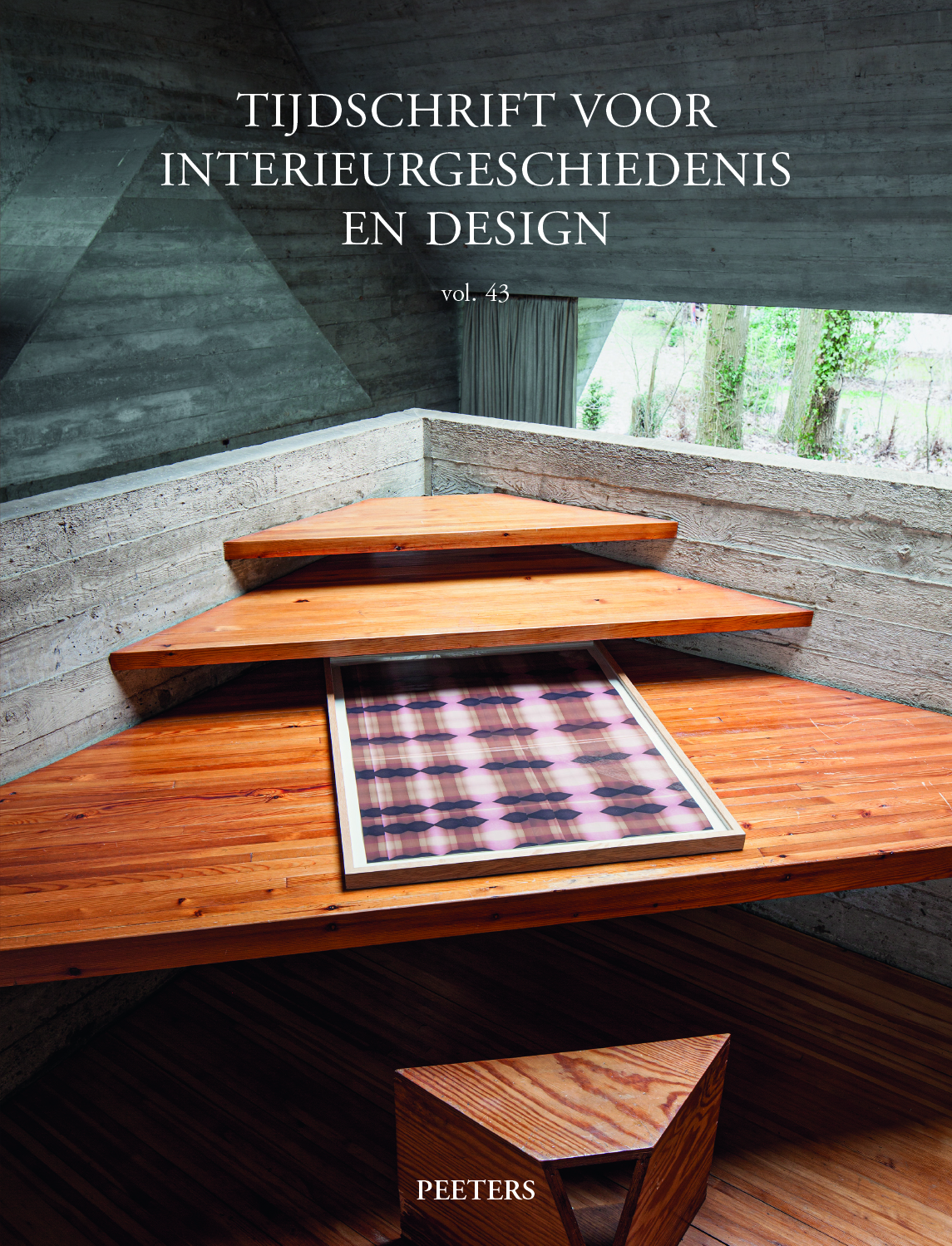 previous article in this issue previous article in this issue | next article in this issue  |

Preview first page |
Document Details : Title: Altargerät des Historismus im Kontext sakraler Ausstattungskunst (Historical Liturgical Objects and Altarpieces in the Context of Sacred Furnishing.) Subtitle: Arbeiten des Niederrheinischen Goldschmieds Franz Wilhelm van den Wyenbergh (1854-1932) (The Work of the Lower Rhineland Goldsmith Franz Wilhelm van den Wyenbergh (1854-1932)) Author(s): CORTJAENS, Wolfgang , LINGENS, Peter Journal: Tijdschrift voor Interieurgeschiedenis en Design Volume: 33 Date: 2004 Pages: 121-148 DOI: 10.2143/GBI.33.0.563297 Abstract : Among the many goldsmiths who were active in the Rhineland area at the end of the 19thcentury, Franz Wilhelm van den Wyenbergh (1849-1932) must be regarded as one of the most important exponents. After his apprenticeship in the Hellner workshop in Kempen he settled in Kevelaer. Although famous for its pilgrimage, at the end of the 19th century the small town on the Lower Rhine had not yet developed an efficient art industry. It was mainly with the achievements of the painter Friedrich Stummel, who founded a workshop here in 1880, that Kevelaer began to attract numerous artists. The various branches of ecclesiastical art were centred around Stummel’s atelier, soon establishing Kevelaer as a leading production location for textiles, liturgical objects, altarpieces, statues, mosaics and books. As the life and work of Franz Wilhelm van den Wyenbergh have not been examined yet, the quantity of his production can only be estimated. The existence of a catalogue which lists several hundred models attests to the enormous total artistic output of the workshop, while the English commentary in the catalogue clearly hints at an international distribution. Van den Wyenbergh was especially active in the Rhine-Maas region. Like the other Kevelaer-based workshops, he benefited from the proximity of the Dutch border. A great many objects have survived in the Netherlands. It is difficult to characterise the style of van den Wyenbergh’s work, which ranges from Neo-Medieval to Neo-Baroque. In the age of historicism, ecclesiastical art was dominated by the idea of the Gesamtkunstwerk. Every part of the church building, even mobile decoration such as vestments and liturgical objects, was regarded an integral part of a heterogeneous system of decoration. Very often, the architect himself was responsible for the design and supervised the decoration. Some of the most ambitious projects with which van den Wyenbergh was involved – i.e. the decoration of churches in Düsseldorf (1897-1902), Weißenthurm (1901-1902) and Ankum near Osnabrück (1902-1907) – were the result of a close collaboration between architects and artists from the Stummel workshop, whose influence can be traced up to the 1920s. |
|


